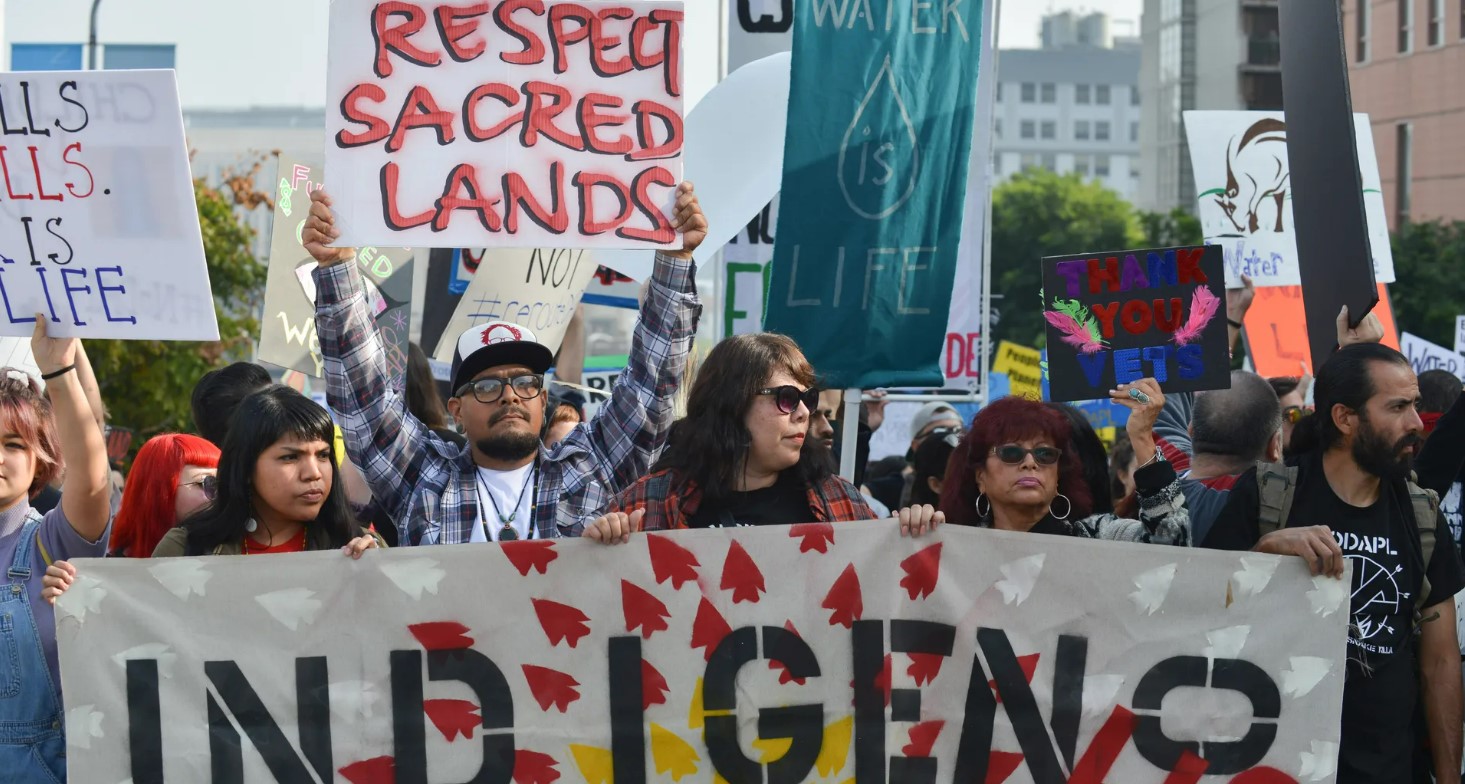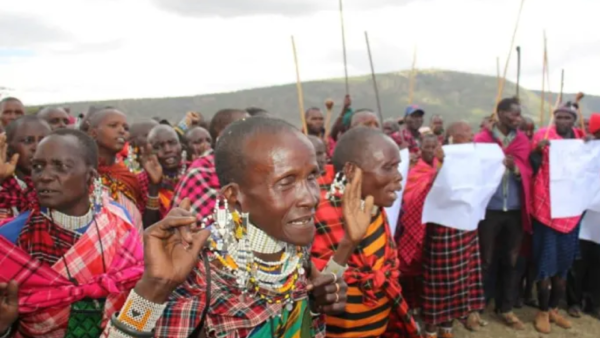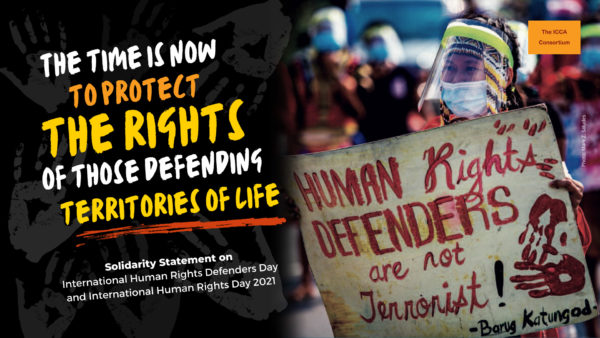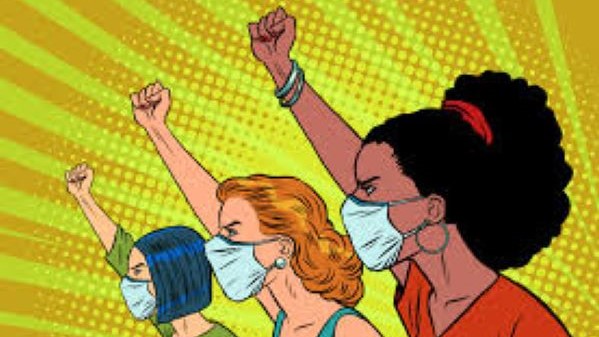Over time, environmental human rights defenders and climate activists – including Indigenous Peoples and local communities – have shared their challenges with organisations that offer support and protection against threats. New reports analyse the gaps in communication between defenders, donors and supporting organisations and present recommendations on how best to address them
First published on 07/01/2022
By Milka Chepkorir (ICCA Consortium Coordinator, Defending Territories of Life) and Eva Maria Okoth (Natural Justice, ICCA Consortium Member)
The increase in environmental destruction and violations of Indigenous Peoples’ and local communities’ rights has brought together diverse individuals, organisations and networks to stand up and defend the planet and their rights. These individuals and groups might consider themselves as either land, Indigenous, environmental and human rights defenders (EHRDs) or climate activists. In the course of their work, defenders and activists have experienced risks perpetuated by different actors – from state governments to corporations and paramilitary groups – that are harming the planet and all who depend on it.
According to Global Witness, 2020 was the deadliest year to date for EHRDs and climate activists, with 227 killed in their line of work. An analysis by Frontline Defenders showed that 59 percent of defenders killed in 2021 were working on land, environmental and Indigenous Peoples’ rights.
In Africa specifically, a 2021 report on the African Environmental Defenders Fund revealed that the majority of environmental defenders who were supported through the Fund received multiple threats, including death threats, threats of being arrested and/or threats of being attacked. The report further established that eviction is the second most prominent threat faced by applicants. Other common risks documented around the world include physical attacks, Strategic Lawsuits Against Public Participation (SLAPP suits), judicial harassment, emotional and sexual violence and even death.
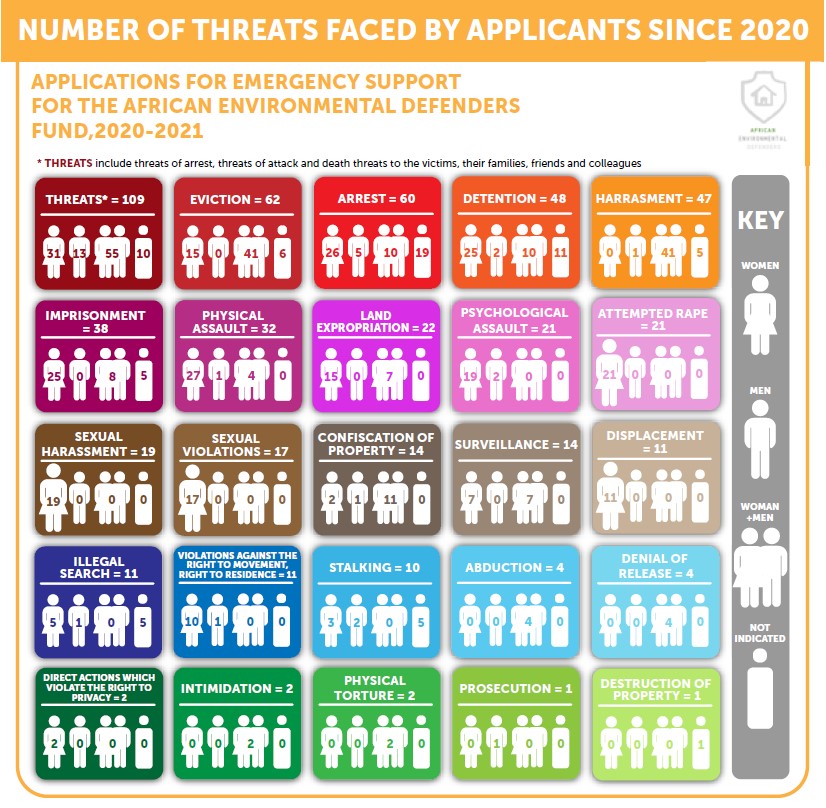
Recent reports published by the Alliance for Land, Indigenous and Environmental Defenders (ALLIED, of which the ICCA Consortium and Natural Justice are members) and the Universal Rights Group, with support from Freedom House and the Lifeline Fund for Embattled Civil Society Organisations, focus on the specific challenges and needs faced by EHRDs and climate activists. The two reports, “Understanding and responding to the protection needs of climate activists and movements” and “Supporting Environmental Human Rights Defenders”, present the challenges faced by defenders and share practical recommendations for donors and organisations to better support EHRDs and climate activists.
The reports indicate the following as key observations:
- There are strong overlaps in the work done by EHRDs and climate activists and the issues they work on are interconnected. For instance, those working on environmental and human rights also defend the climate; likewise, the protection of the environment is embedded in the work of many climate activists. Many EHRDs and climate activists also advocate for the realisation of their human rights to life, health, food, water, and many others.
- Intersectionality makes some defenders and activists more vulnerable to risks and acts as a further barrier to seeking support. Such risks increase particularly for women and Indigenous Peoples.
- Many EHRDs and climate activists face threats to their lives, integrity, participation and many other basic rights, particularly as a result of opposing powerful political and economic interests.
- EHRDs and climate activists do collective work rather than individual work. They also work as communities, movements and networks to demand collective rights that affect us all.
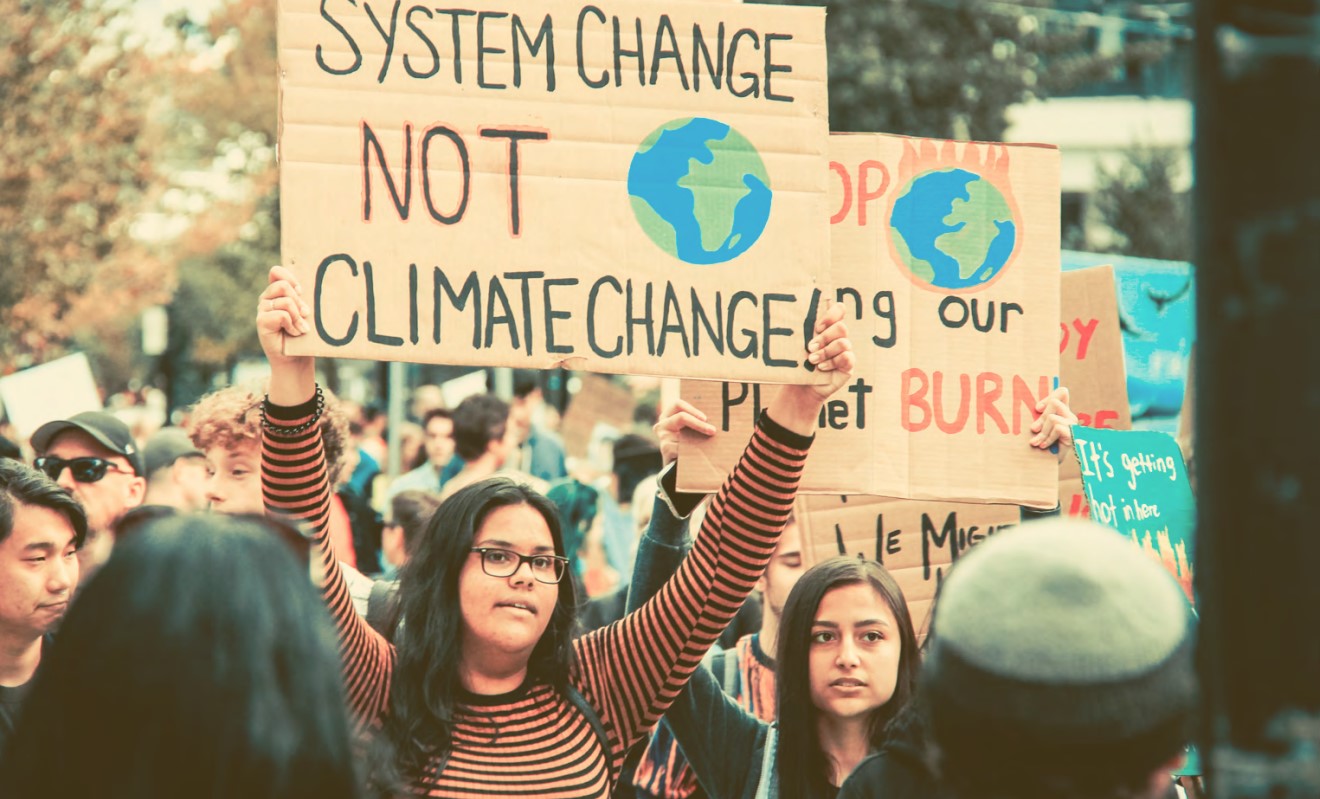
Among the strategies needed to effectively support the work of EHRDs and climate activists are to:
- Increase awareness of the role of climate activists as human rights and environmental defenders, and the role of environmental and human rights defenders in general.
- Place a stronger focus on the prevention of attacks through strategies to secure an open civic space.
- Place at the core of effective support strategies the recognition that EHRDs must be agents of their own protection. Most EHRDs and climate activists are aware of the concrete obstacles and threats they face, the ways in which these should be addressed, and the types of support they need to counter such threats.
- Supporting EHRDs and climate activists to build their resilience and capacity to identify and address the risks that affect them. This includes mainstreaming and strengthening collective protection, increasing access to information, reinforcing digital protection for defenders, addressing the ‘hidden costs’ of defending a healthy environment and climate, offering psychological assistance, providing legal advice and training, and offering flexible funding to support environmental and climate defenders.
- Adopt an intersectionality and a gender approach to bolster specific support for and acknowledgement of women defenders.
- Adopt flexible approaches to responding promptly to emergency situations.
- Support EHRDs to claim and secure their rights, including justice, reparation, and non-repetition, by training and empowering them and their communities and increasing legal support.
The reports recommended a number of actions to be considered by donors and organisations to increase support for defenders and activists, including to:
- Increase outreach, share information and enhance communications to facilitate identification and access to potential sources of support.
- Make support accessible to EHRDs most in need by simplifying application procedures and explaining the support offered in simple terms, local languages, and context-appropriate formats.
- Create and strengthen networks between EHRDs and their communities and organisations.
- Increase the capacity of existing emergency and non-emergency funds to better support environmental and climate activists.
“The next step is for human rights, environmental protection, security and climate activism funds and organisations to work together in a coordinated way to increase protection for environmental and climate defenders. This may not require creating new funds and structures, but rather increasing the capacity of those that already exist and devising effective mechanisms for their coordination and collaboration.”
— Excerpt from “Strengthening support for environmental and climate defenders: New reports present recommendations to donors and civil society organisations”, a briefing note on the two reports published by ALLIED and Universal Rights Group.
